Jumping into peated Scotch for the first time can be intimidating. After all, stories of aggressive, medicinal peat bombs tend to dominate the narrative. If you think that’s all there is to the category, you may end up convincing yourself that you’re not quite ready to take the plunge.
Fortunately, fold bottles built on brine and Band-Aid notes don’t fully represent the peated Scotch category. They exist, of course, but they share shelf space with more delicate expressions that soften the smoke and surround funky flavors with more pronounced fruity notes or barrel-influenced flavors. This breadth of options makes getting into peated Scotch a little less daunting, but it does create a different, albeit delightful challenge: Where does one start?
To answer this question, we asked 11 bartenders their choice for the best peated Scotch for beginners. These selections may gradually prepare you to wade into the more intense end of the category. At the very least, they can help you appreciate the complexities supporting the smoke.
Don’t Miss A Drop
Get the latest in beer, wine, and cocktail culture sent straight to your inbox.
The Best Peated Scotch for Beginners, According to Bartenders:
- Highland Park 12
- Compass Box Glasgow Blend
- Ardbeg 10
- Kilchoman Machir Bay
- Oban 14
- Compass Box Peat Monster
- Bowmore 15
- Ardbeg An OA
- Oban Little Bay
- Caol Ila 12
- Ardnamurchan Single Malt
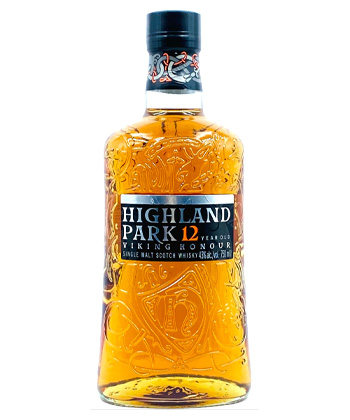
“The best intro to peat is Highland Park 12. Its peat profile is distinguished more by character than degree. Highland Park uses a sweet, heather-based peat in their process, which is softer and more approachable than the maritime, ocean plant-based Islay peat which shows the classic ‘brine and iodine’ notes which some early Scotch drinkers struggle with. Learning to love Highland Park builds the path to peatier brands like Talisker before they take the leap to the medicinal bog monsters from the Southern Isle.” —Lukas B. Smith, beverage consultant, LINE DC, Washington, D.C.
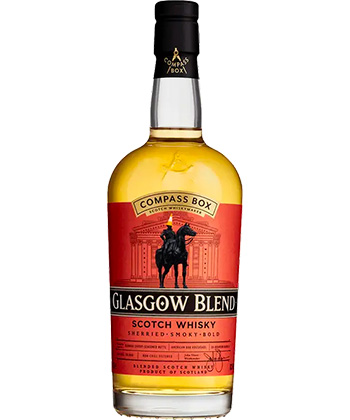
“I would recommend Compass Box Glasgow Blend. It has a great body. While it definitely has Islay personality, it is also blended with other single-malt whisky and has a sherry finish, so it’s rounded out a bit. Great for folks just warming up to peated whiskey, and wonderful to sip on its own. It’s also fantastic in cocktails like a Whiskey Sour or an Old Fashioned with a touch of honey — a personal fave!” —Meaghan Dorman, bar director, Raines Law Room and Dear Irving, NYC
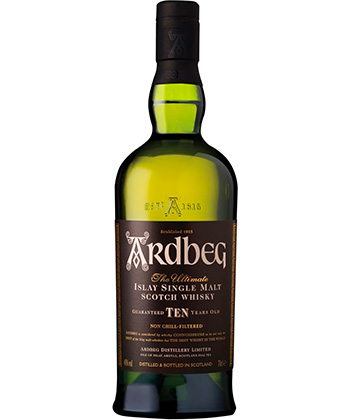
“I initially thought Laphroiag because it’s so representative of the category, but it’s also kind of like Fernet-Branca — you either love it or you hate it. Instead, I opted for Ardbeg 10. For lack of a better description, it’s sort of like a simpler, softer, more modest version of Laphroiag. It’s not quite as intense, so it’s arguably easier or more settling to particular palates. However, people have so many taste preferences. If peated Scotch is something they genuinely want to get into, they’ll find the one that fits their tastes.” —Jason Yu, bartender, The Wolves, Los Angeles
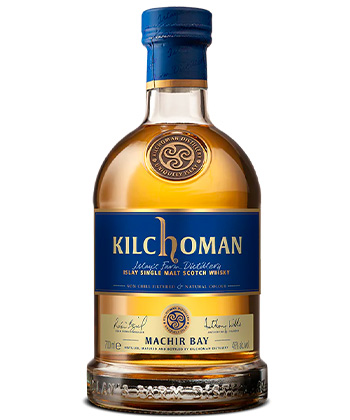
“Kilchoman Machir Bay is ideal for people who love bourbon and want to get into peated Scotch. It is finished in sherry casks and ex-bourbon barrels, with a majority of the blend coming from the ex-bourbon barrels. This blend makes it perfect for people who are exploring Scotch for the first time. While it does have the very characteristic Band-Aid nose of a lot of peated Scotch, the palate is honey, vanilla, and baking spice. It’s also on the cheaper end for peated Scotch so it won’t hurt your wallet!” —Giancarlo Fernandez, assistant manager, Unknown Caller, Chattanooga, Tenn.
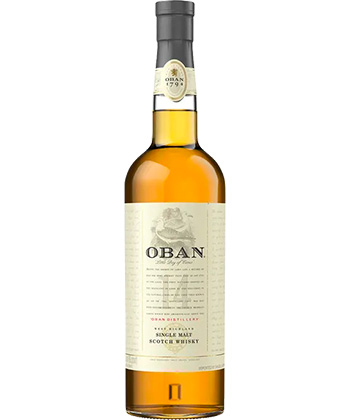
“Oban 14. It has nose of light strawberries, red apple, lemon, orange, plum, hints of apple, and pear. This scotch does have a hint of peat, so it’s a great entry point for those looking to ease into smokiness.” —Isai Xolalpa Blake, director of bars and lounges, W Philadelphia, Philadelphia
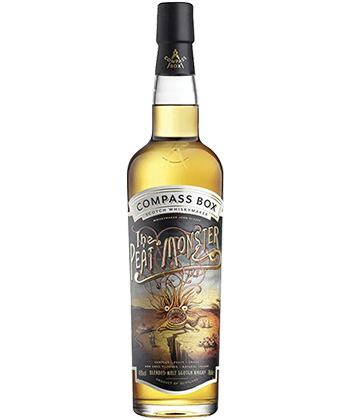
“Recommending an introductory whisky for someone who is looking to get into peated Scotch can be a little tricky, because you need a softer ground to walk on before you jump in. The Peat Monster from Compass Box is a perfect whisky to recommend. While it does have traditional peat notes, it is also deliciously complemented by floral, sweet, oak, and papaya notes. All these flavors balance out perfectly, which makes it an exciting first step for someone looking to explore their relationships with peaty whiskies.” —Sebastian Sandoval, director of operations, Weather Up, NYC
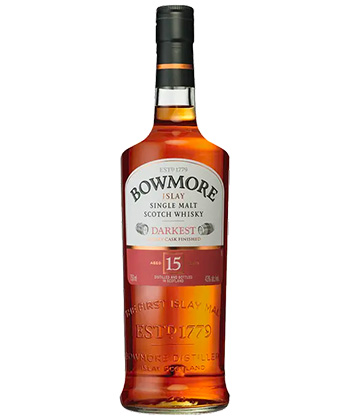
“One of my favorite peated Sotches to introduce at Reserve 101 is Bowmore 15. This is classic peat at its finest, but it rests another three years in oloroso sherry casks which round out the smoky edges with heavy raisin and chocolate notes. It’s a subtle way to sneak in that beautiful peat without it being overbearing to a fresh palate. I also think being a beginner peat-drinker doesn’t always mean they only want subtle. ‘Bold’ is an experience for the beginner and the advanced. As a bartender, if you can read the room and set expectations, a Laphroaig could be a pour for some new daredevils. Start with earning trust, then lead with experience.” —Sean Fitzmaurice, owner, Reserve 101 Bar, Houston
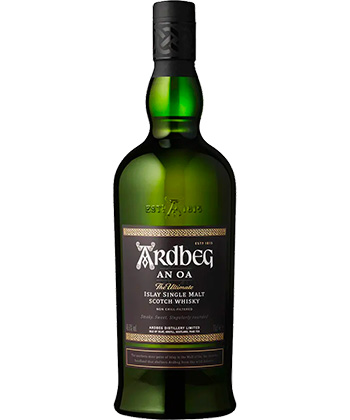
“One of my favorite peated Scotches to give to a beginner is Ardbeg An OA. It is not going to be overpoweringly smoky and has some great sweeter notes to it. This is great to drink on its own or with a cube or two. It’s also terrific in cocktails. I’ve used it to make an Old Fashioned along with some Angostura bitters, a pinch of Maldon salt, banana liqueur, and a touch of Amaro Nonino, and the flavor that came out was magical.” —Eliza Hoar, principal bartender, Equal Measure, Boston
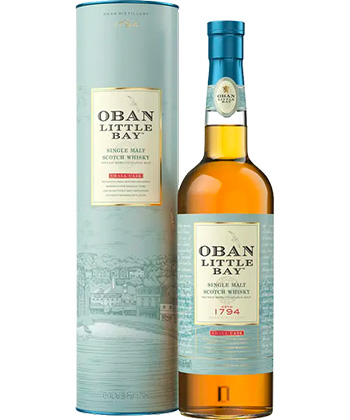
“Oban Little Bay is not just a peated Scotch for beginners. It is simply a beautiful whisky. The peat on this is not overpowering on the palate as one might expect, and instead it acts as a complementary note to the flavors of coastal brine, caramel, butterscotch, and heather. This whisky executes a skillful and delicate balance of floral, rich, nutty, fruit, and peat. As a Scotch with no age statement, Oban is able to craft a whisky that shows a level of attention to detail that isn’t often demonstrated in the peated Scotch arena, but could also stand up to any big-brand 12- to 15-year single malt.” —Charles Friedrichs, bar manager, The Jones Assembly, Oklahoma City, Okla.
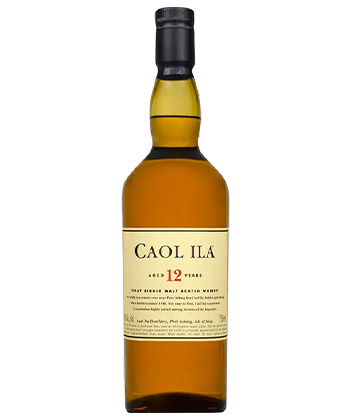
“I found that breaking in people with something nice and elegant like Caol Ila 12 is much nicer than having them take a bite of a leather boot.” —Javier Flores, bar manager, Nickel City, Austin, Texas
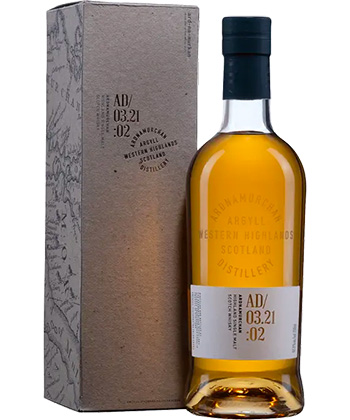
“The Western Highlands traditionally produce a style of Scotch characterized by a gentle peat smoke with notes of dark fruit, wood spice on the palate, and a distinct maritime influence. They make for a wonderful introduction to peaty Scotches since they are not as intensely peaty as their Islay cousins and a bit more approachable. Ardnamurchan, in particular, is the perfect starting place because it is so clean with bright honey and toffee notes, a subtle florality, and a long, fruity finish with a dry wood spice. Their flagship single malt expression is a 50/50 split of peated and unpeated whiskies matured in a combination of ex-bourbon and ex-sherry casks. Give it a try and begin your journey into the wonderful world of peated Scotch!” —Stuart Weaver, general manager, Lady Jane, Denver
*Image retrieved from boomeart via stock.adobe.com


